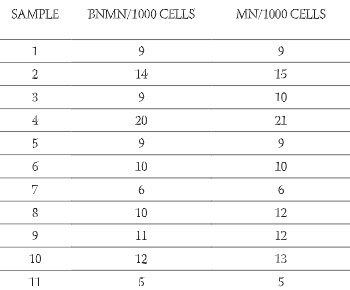Effect of War and Postwar Genotoxins on Micronuclei Frequency in Sarajevo Study Group
DOI:
https://doi.org/10.17305/bjbms.2006.3121Keywords:
war related genotoxins, binuclear lymphocytes, micronucleiAbstract
During the 1992-1995 siege, as well as after the war activities, citizens of Sarajevo were most probably exposed to various potential genotoxic agents. The effects of those potential genotoxins were evaluated by micronucleus-cytokinesis blocked assay. The study included 30 individuals who resided in the area of Sarajevo during the war and the postwar period. Point bi-serial coefficient analysis did not reveal any relationship between the frequencies of binuclear cells with micronuclei as well as total number of micronuclei and smoking habits or gender. Simple linear regression revealed statistically significant positive correlation between the age and micronuclei formation. Due to the war related environmental contamination more extensive study is recommended.
Citations
Downloads

Downloads
Published
How to Cite
Accepted 2018-02-01
Published 2006-11-20









